Without question one of the most neglected groups in the animal toy hobby are members of the phylum Mollusca. Sure, there is a decent selection of cephalopods out there but other classes are mostly ignored, including the class Bivalvia. On the one hand it makes sense; our hobby is a niche one as is but people that collect toy bivalves are rarer still. Kids aren’t terribly interested in playing with clams, oysters, or mussels so there’s not much of a market there. And for those with an interest in these animals it’s fairly easy to acquire the actual shells of many species. Why purchase a toy when you can get the real deal? All that said there are still a few toys out there, with the company AAA having produced quite a few of them. Today we’re looking at one of their offerings, the AAA 5” (12.7 cm) sea mussel.
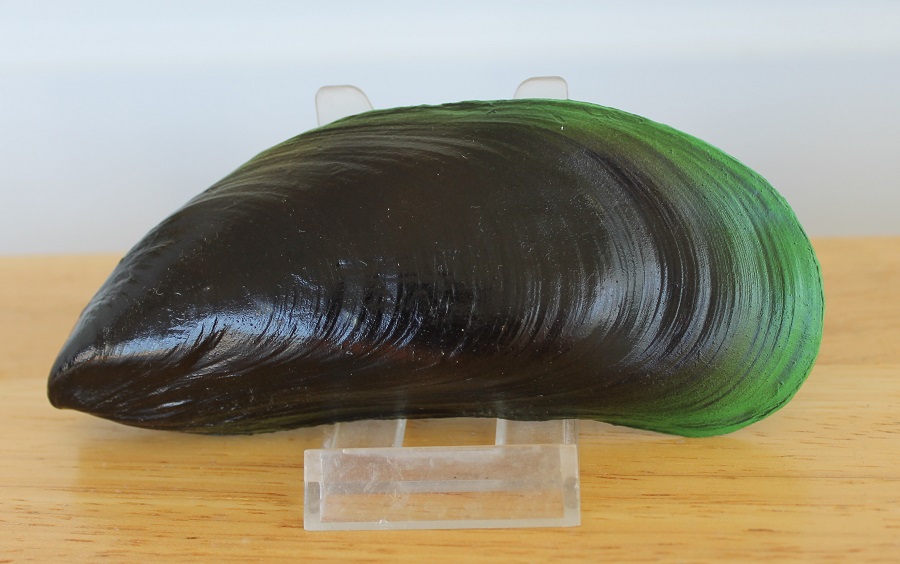
Like many of the AAA toy reptiles that I’ve covered in the past their bivalves are cast from actual specimens and are thus incredibly detailed and accurate to the real animal. And also like many AAA toys they’re incredibly vague with their identifications. This toy is identified as a “sea mussel” which is about as dauntingly vague as it can get.
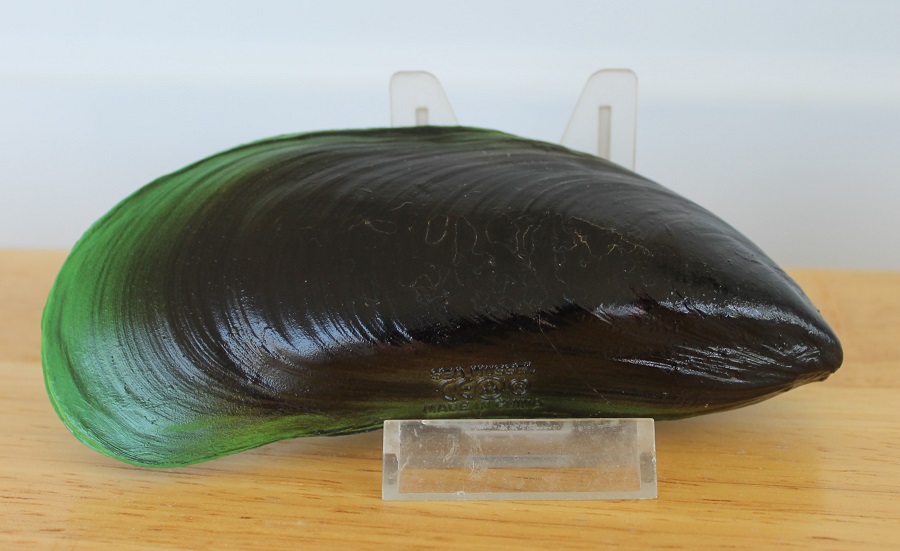
In trying to identify this toy more specifically I have decided that it represents an Asian green mussel (Perna viridis). Many lines of evidence suggest my identification is correct. The anterior end of the shell ends in a small downwards pointing tip. The shell itself is smooth with concentric growth lines and a slightly concave ventral margin. And of course there is the color, being mostly dark with green edges. Lastly, it’s an Asian species and the AAA toys that are cast from specimens seem to lean heavily towards Asian species. The green mussel is an important food species in Asia and would be easily obtainable.
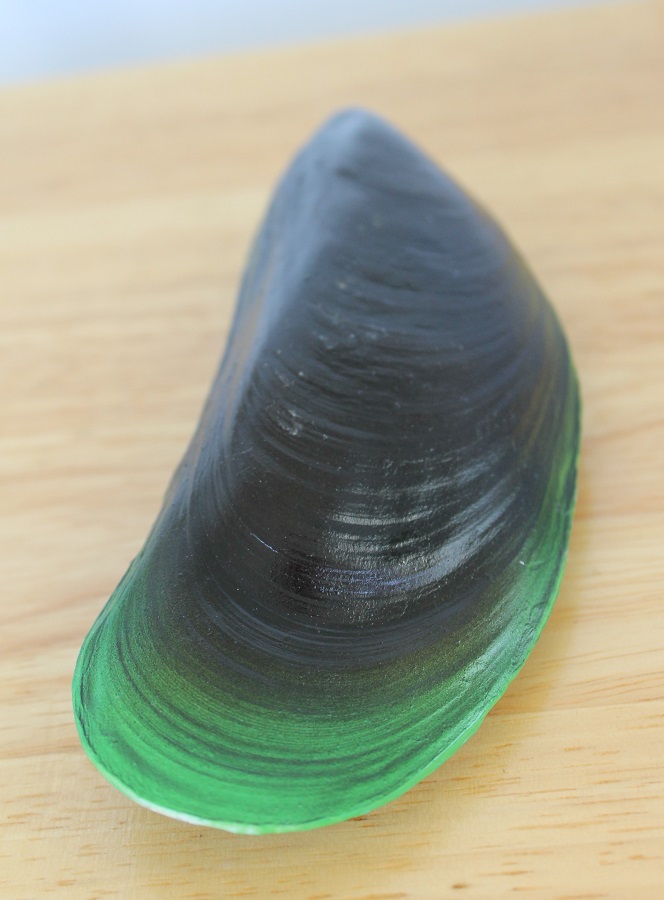
The Asian green mussel is a member of the Mytilidae family, the only extant family within the Mytilida order. The 52 genera within the family are commonly known as the true mussels. The Asian green mussel is native to the Asia-Pacific region but has been introduced elsewhere. Young mussels are bright green in color but darken with age.
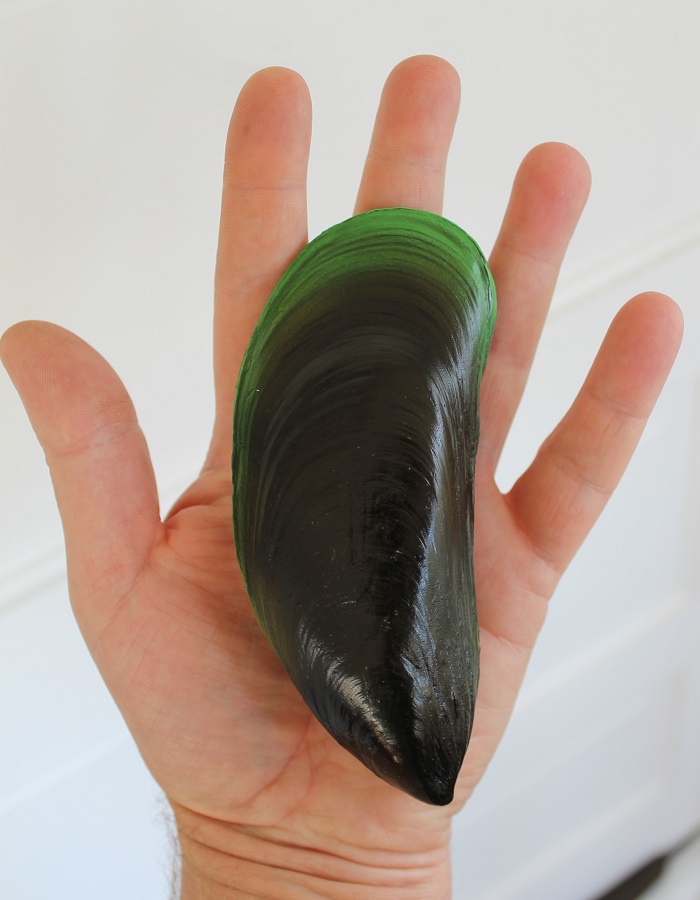
The AAA mussel measures 5” (12.7 cm) in length, although I believe a smaller 3” (7.62 cm) version exists as well. Being cast from a specimen means that the toy is 1:1 scale but this one would represent the upper end of the species size range with the average size being 3-4”.
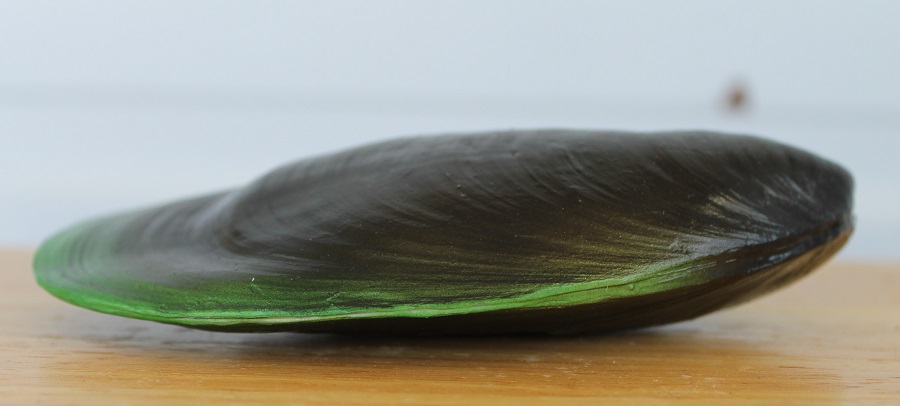
There’s not much else to say about the toy, being a mussel it’s fairly straightforward. What you see is what you get and this toy is wonderfully made and convincingly lifelike. The shell does not open which is no surprise here, such a feature would require this to be a far more complex toy. However, some toy bivalves that open do exist.
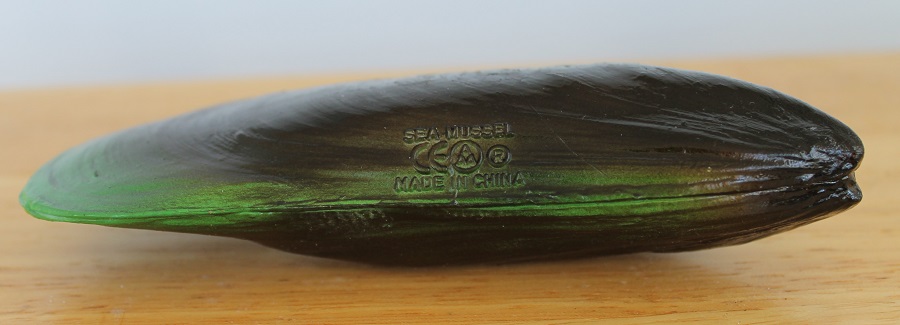
Lastly I would like to thank bmathison1972 for sending me this figure, as well as the one I’ll be reviewing next, your kindness is much appreciated! The AAA mussel shows up on eBay from time-to-time for a reasonable price.
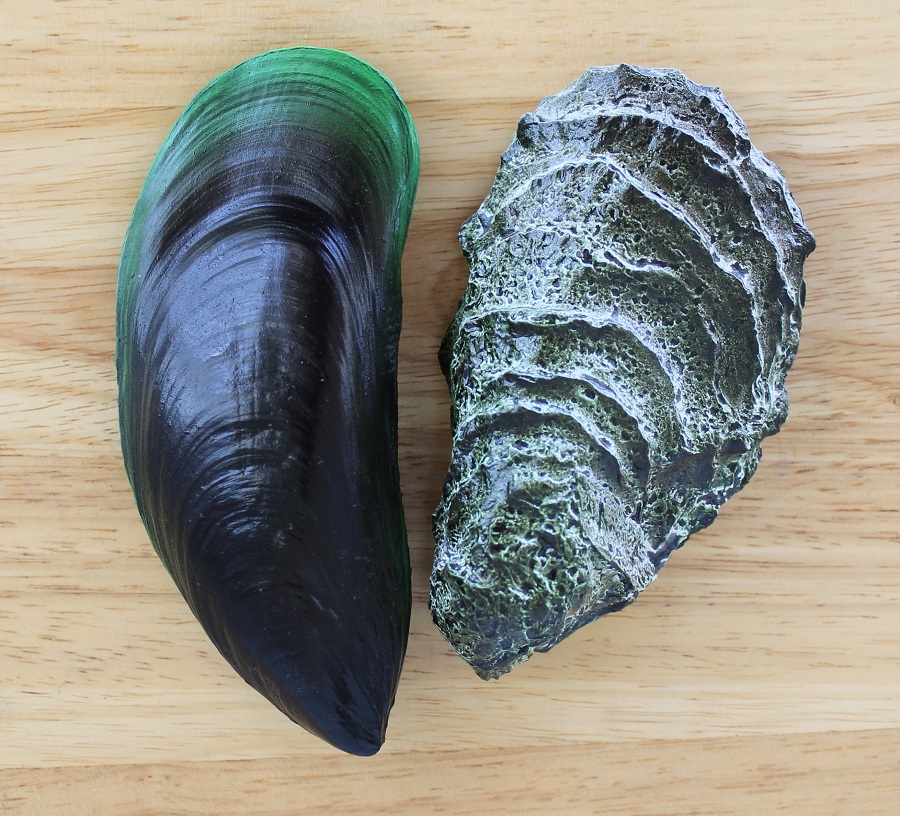
Disclaimer: links to Ebay and Amazon on the AnimalToyBlog are affiliate links, so we make a small commission if you use them. Thanks for supporting us!




Wonderful! Glad to see it and a great review!
Very interesting review. Never would have expected one on a bivalve.
Hello,
I also appreciate AAA toys but mostly for their prehistoric animals. I personally own a AAA animal I got in a lot of dinos, I’m sure the seller thought was just another dinosaur figure. Sadly, it isn’t it’s a baby pangolin, an endangered specie- which in my mind means that they killed a baby pangolin to make this toy that’s not so great.
I had AAA dinosaurs as a kid but now I only really collect the 1/1 scale animals molded from real ones. I had never seen the pangolin before but just looked it up. It certainly looks molded from a real specimen. I think it’s unlikely that they killed one for the express purpose of making a toy. I think it is more likely that they got use of one from a museum or other institution. Although if in Asia then they likely could have just stopped by the local market.
I always assumed they came from markets, since many of them represent Asian species and a lot of the invertebrates especially are edible/commercial species.